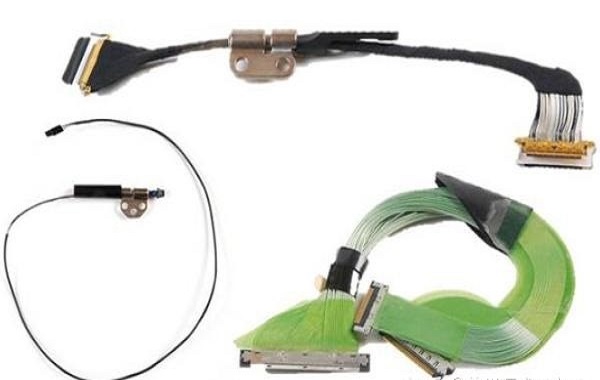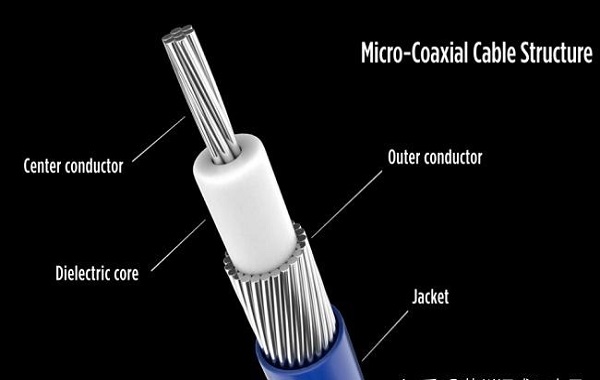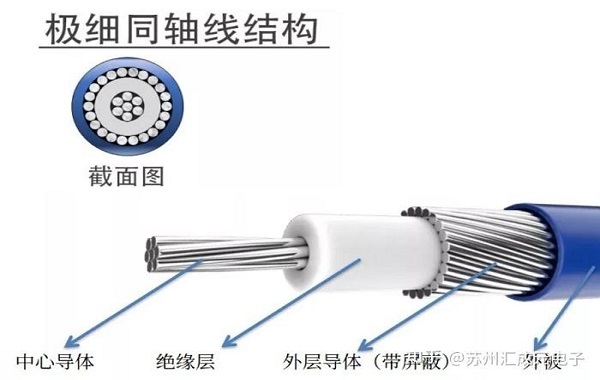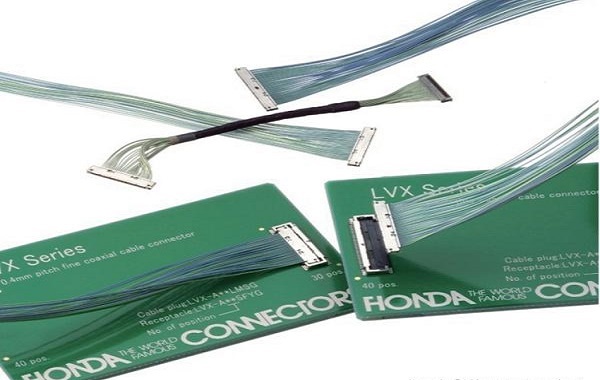Categorization:Harness Component
In the era of high-speed signal transmission and the continuous miniaturization of electronic devices, ultra-thin coaxial cables (Micro Coaxial Cable) are increasingly becoming an important connection solution in consumer electronics, medical equipment, in-car imaging, and industrial automation due to their high frequency, low loss, and high shielding characteristics. This fine wire-like cable, although minute in size, plays a crucial role in the stable transmission of high-speed signals. But what is its internal structure? Why does it stand out among so many connection methods?

What is ultra-fine coaxial cable?
Extremely thin coaxial cables, as the name implies, are a type of coaxial structure transmission cable with an extremely small diameter (usually between 0.2mm and 0.5mm). Compared with traditional coaxial cables, they are more compact and flexible in structure, specifically designed for applications with limited space and complex structures. This type of cable is commonly used in laptops, camera modules, AR/VR devices, and other high-precision electronic systems, where it can achieve high-speed and high-quality data transmission in limited spaces.

Two, the structural composition of extremely fine coaxial lines
A standard ultra-fine coaxial cable typically consists of four parts, each layer being precisely designed to ensure signal stability and anti-interference capability:
Conductor core wire (Inner Conductor)
The core wire is the core of signal transmission, often made of silver-plated copper or tin-plated copper, with a diameter usually less than 0.1mm. High-quality conductors can effectively reduce signal attenuation and maintain the integrity of high-frequency signals.
2. Dielectric Insulation
Covered outside the core wire, it serves the purpose of insulation and support. Common materials include FEP, PFA, PEEK, etc., which have low dielectric constants and can ensure electrical performance while also possessing good heat resistance and flexibility.
Shielding Layer
The shield layer is an important part of the extremely fine coaxial cable, mainly used to suppress external electromagnetic interference (EMI). Common shielding structures include:
Woven copper wire shielding
Tin-plated copper foil winding
Multi-layer composite shielding (suitable for high EMI environments)
Outer Sheath / Jacket
The outer layer is used to protect the entire cable structure, usually made of flexible PVC, TPU, TPE, or fluoroplastic materials, which have features such as wear resistance, oil resistance, and high-temperature resistance, ensuring reliable operation of the cable in complex environments.

The structural advantages of ultra-fine coaxial lines
Transmission performance stability: The coaxial structure ensures impedance consistency, reducing reflection and signal loss.
High flexibility design: capable of adapting to complex wiring environments such as repeated bending and dynamic movements.
Supports high-speed signal transmission: applicable to high-speed standard interfaces such as MIPI D-PHY, USB 3.0, HDMI, etc.
Excellent shielding effect: effectively reduce electromagnetic interference and improve system signal integrity.

Four, ultra-fine coaxial cable vs. FPC flexible ribbon cable
In practical applications, engineers often compare ultra-fine coaxial cables with FPC (Flexible Printed Circuit).
Both are used for high-density signal connections, but they have respective advantages in performance:
• Ultra-fine coaxial cable: It has higher stability and anti-interference capability in high-frequency and large bandwidth data transmission, suitable for applications such as high-speed camera modules, LVDS interfaces, etc.
• FPC soft flexible cable: It has an advantage in cost and flexibility, suitable for medium and low-speed signals or lightweight equipment with higher space requirements.
Extremely fine coaxial cables, although with minute dimensions, contain precise structural design and excellent electrical performance. They not only achieve stable, high-speed, and low-interference signal transmission but also promote the lightweight and high-integration development of modern electronic products. Whether in consumer electronics or industrial equipment, micro coaxial cable has become an indispensable "high-speed channel."
I am[Suzhou Huichengyuan Electronic Technology]Long-term focus on the design and customization of high-speed signal cable harnesses and ultra-fine coaxial cable harnesses, committed to providing stable and reliable high-speed interconnection solutions. For more product information or technical support, please contact:Manager Zhang 18913228573 (WeChat number same)。